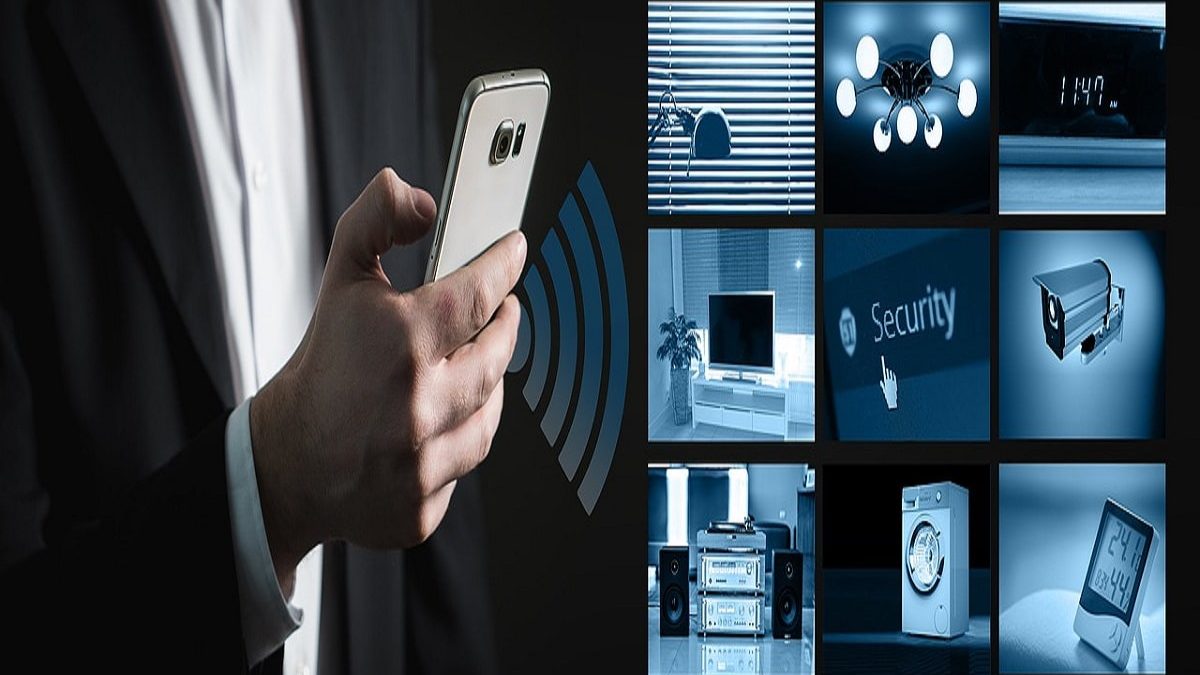Table of Contents
WiFi Definition
WiFi stands for “Wireless Local Area Network.” Roughly translated, this means”wireless local area network.” You can connect your devices (e.g., laptops and smartphones) via WLAN to the Internet without a cable.
It is a label or brand name. Devices labeled “Wireless Fidelity” are capable of receiving WiFi.
However, these differences are less relevant to you as a user. Whether WLAN or WiFi – ultimately, you can use both terms synonymously because both are for “wireless network.”
Also Read: What is Cisco Viptela SD-WAN? – Definition, Features, and Analytics
What brings the user to [WiFi]?
- The most apparent benefit of WiFi is that you do not tie to a cable. With a laptop, for example, you can move around freely in rooms while using the Internet without any problems.
- Some devices have no connection for a LAN cable. Smartphones or tablets are, therefore, dependent on WiFi and mobile Internet.
- Furthermore, WLAN is – in contrast to mobile data – “free.” The use of the WLAN bills via the corresponding Internet contract. WLAN does not cause any additional costs.
- The Internet of the mobile phone contract, however, is limited to a specific volume of data. So if you are using your smartphone in the WLAN, this volume is not used up.
- Besides, It is often provided free of charge in public places such as airports.
- However, there are also disadvantages when it comes to advantages, as is the case with [WiFi]: Among other things, the transmission speed is less favorable than with a cable.
- Besides, the signal may be interrupted if you are too far away from the source. Lastly, the generated WLAN radiation is in criticism, similar to the mobile phone radiation.
Are WIFI and WLAN the same?
Although WIFI and WLAN are mostly used as terms for the same network, strictly speaking, they are not the same: WLAN refers to the technical radio network, while WIFI specifies this network more precisely.
- A WIFI network is always a WLAN network, too Only one wireless network according to the IEEE 802.11 standard also considers WIFI.
- In general, one means with a WLAN radio network but also automatically a WIFI network. In other countries, such as the US, the term “WIFI” is more common.
How to use [WiFi]?
- To use WiFi at home, you must have a wireless router. You must then activate and set up WLAN on the device.
- Tip: If you have connected your computer to the Internet via LAN cable, you can also use this PC to create a WLAN hotspot to operate a WiFi network without a suitable router.
- If you’ve set up your network but have signal strength issues, consider buying a Wi-Fi repeater. These devices amplify the signal and can thus improve network quality.
- Of course, your devices must ultimately be able to use Wi-Fi. Even older computers can retrofit with a WLAN module.
WiFi names and their speed
- 802.11 (1997): The original standard with data rates of 1 or 2 Mbps
- 802.11a (1999): Data rates of 6, 9, 12, 18, 24, 36, 48, or 54 Mbps
- 802.11b (1999): Data rates of 5.5 or 11 Mbps gross
- 802.11g (2003): Data rates of 6, 12, 18, 24, 36, 48, or 54 Mbps gross
- 802.11n (2009): Data rates of 6.5 to 72.2 Mbps and 13.5 to 150 Mbps
- 802.11ac (2013): Data rates of 6.5 to 72.2 Mbps and 13.5 to 150 Mbps
- 802.11ax (2019): Data rates up to 11 Gbps
Also Read: What is Cisco Meraki SD-WAN? – Definition, Features, and Uses

